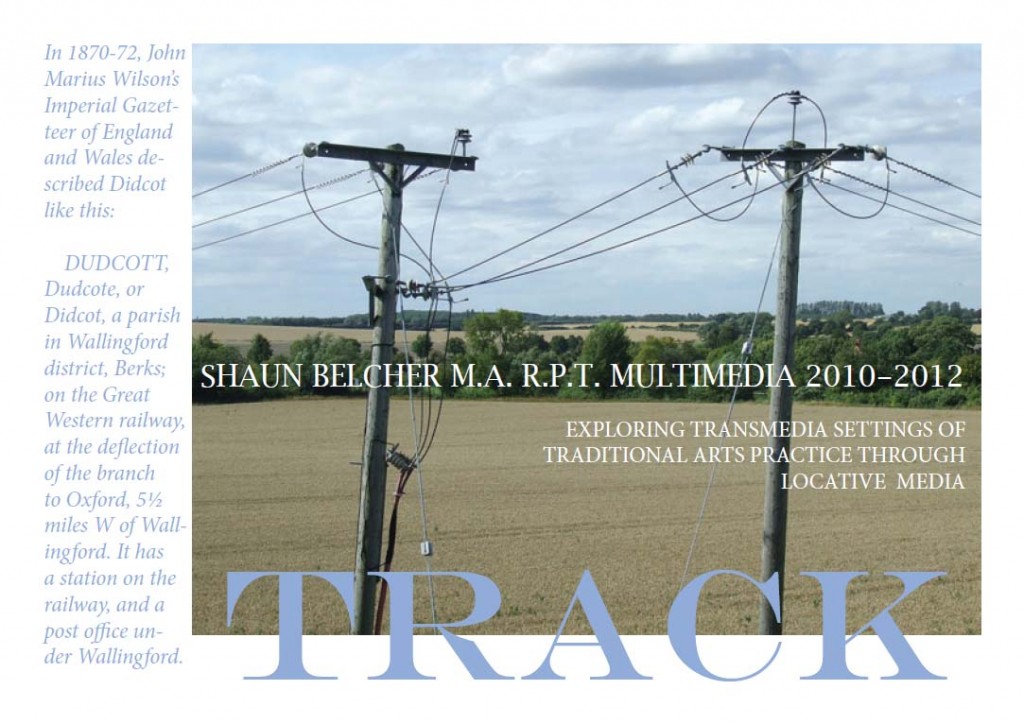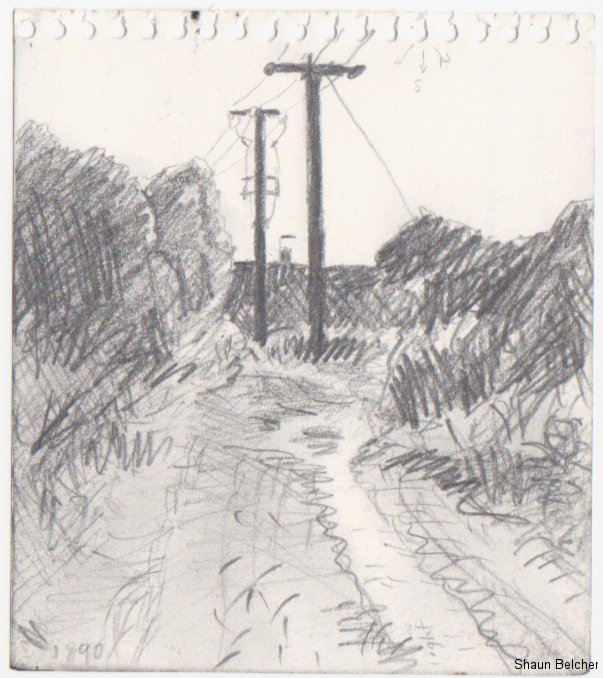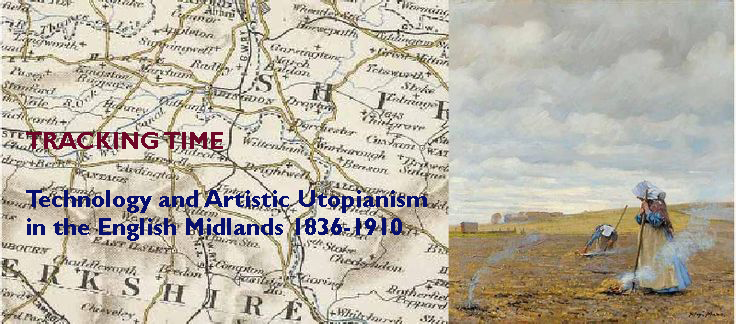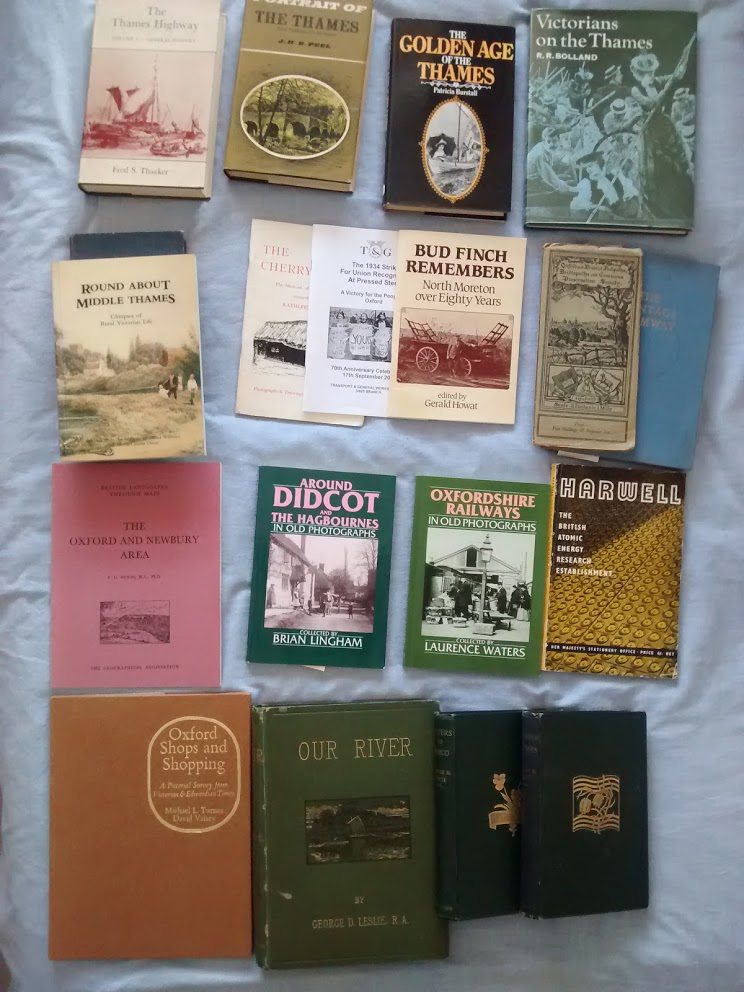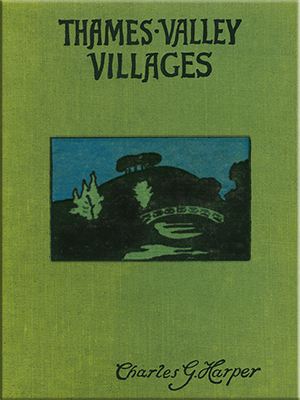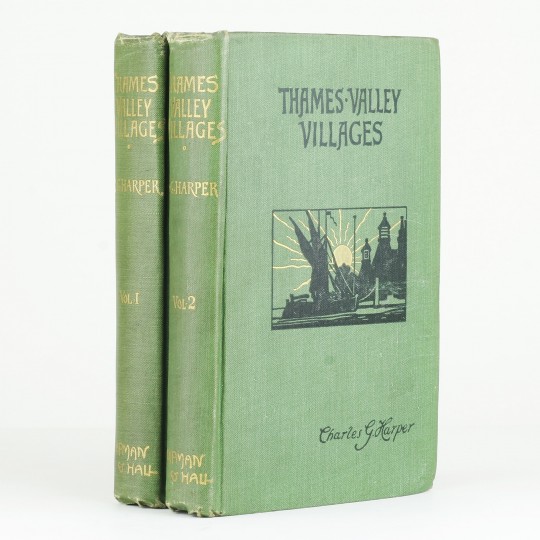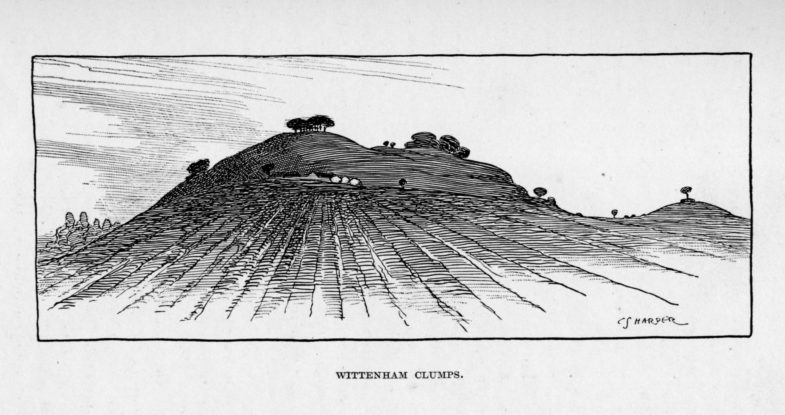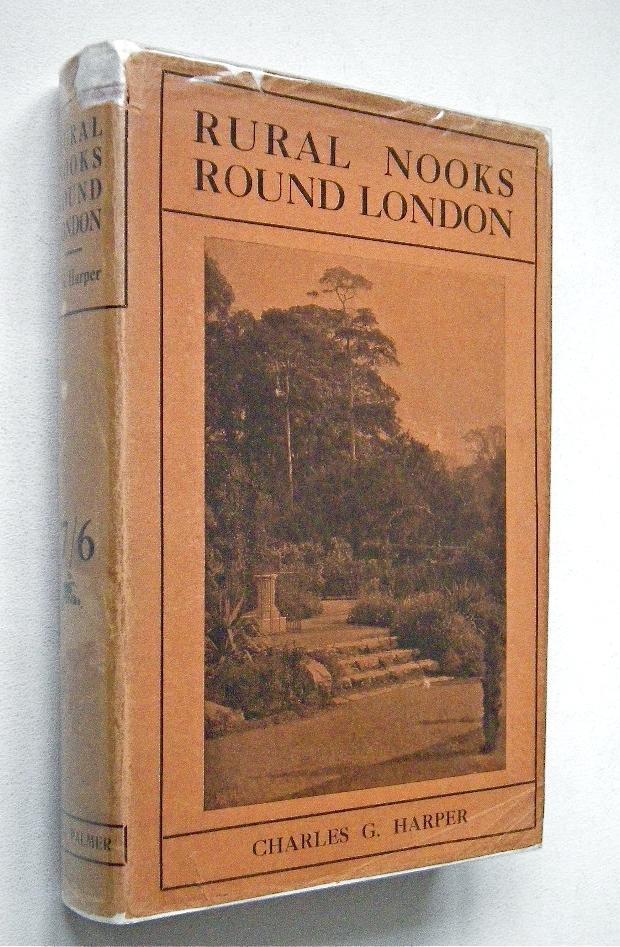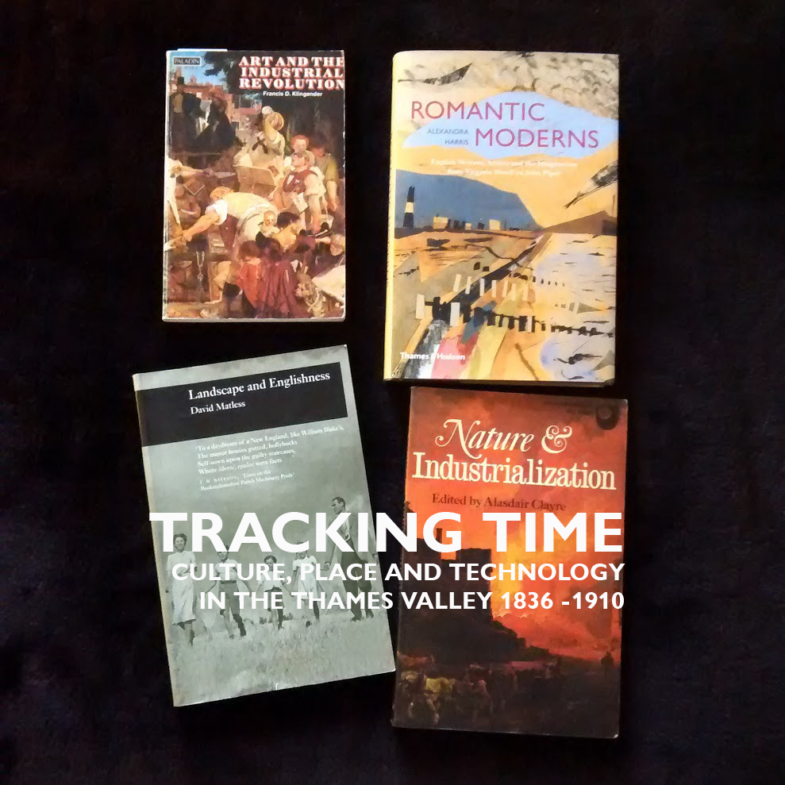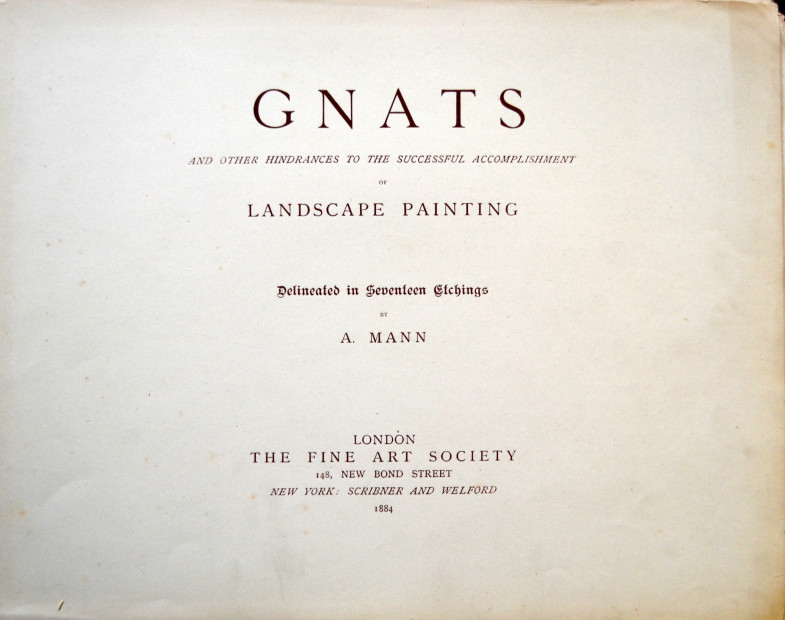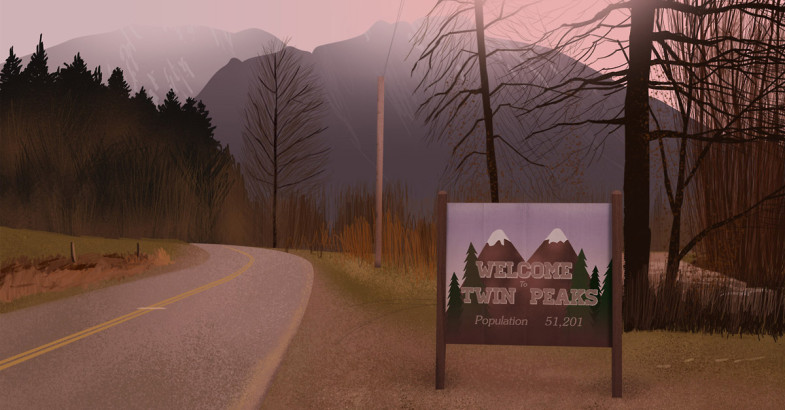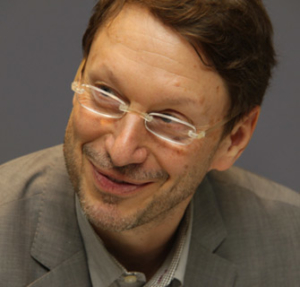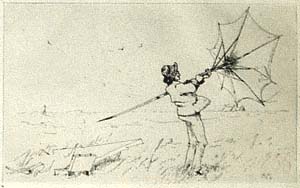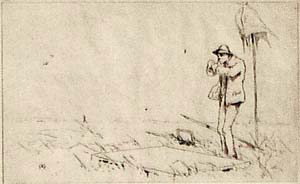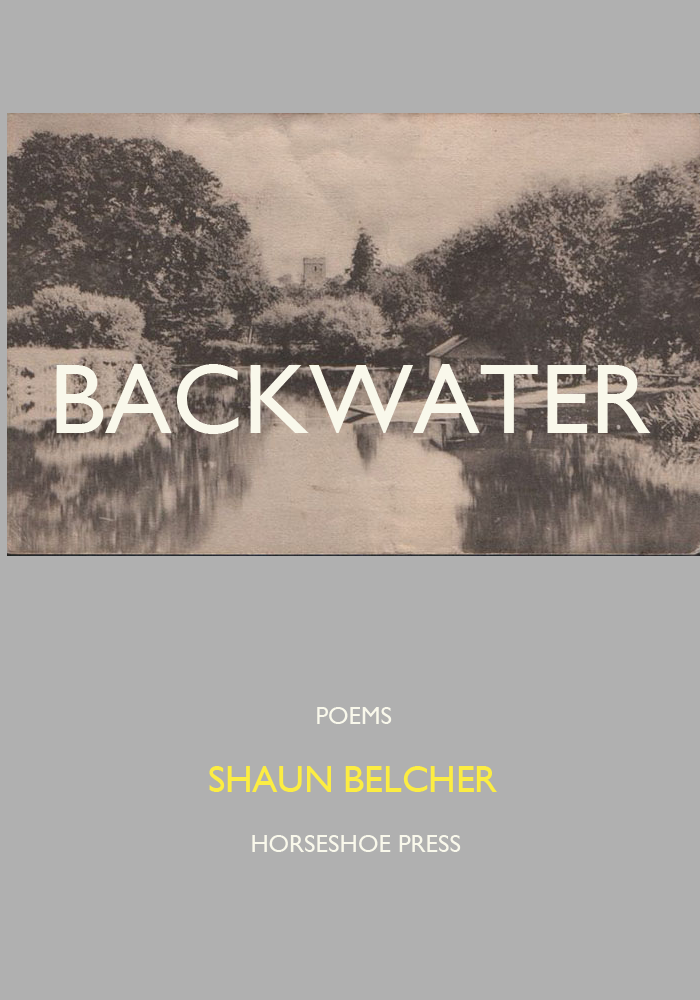
This post is born out of total frustration.
In the past three years since I was awarded an M.A. Fine Art (Distinction and all) I have struggled to make any headway in aligning the content of this blog ( a psycho-geographical investigation of the Middle Thames between 1840-1910 ) and the academic notion of a ‘Practice-Led’ PhD.
Even when I have offered to shower the august institutions in cash I have found myself constantly pushed into traditional historical straight-jackets.
In all probability I could have been offered a Cultural Geography PhD down this route and have been offered two places.
1.Loughborough offered me a place for a dodgy proposal thrown together for a MRL place which frankly absurd.
2. Central Saint Martins have accepted me on to a PhD on Victorian Scrapbooks and Printmaking as long as it avoids the very practice I tried to have accepted (down to 20% practice /80% textual exegesis split) which means that though deferred until 2018 it pretty much a busted flush for me already….
So three years later..£10 K lighter and after a storm of personal problems which would sink a battleship I teetering on the edge of giving up entirely.
My pitch now is simple as I have given up on any kind of practice-led fine art PhD degree on the basis that I actually wrote a paper on the fact that it doesn’t exist..read it here…
My only hope is a Creative Writing PhD based on Backwater ( fictitious cover above) a new volume of poems drawing together ten years research into the Middle Thames art and writing in the Victorian Era and possibly beyond. If this could be linked to comic art/graphic novel all the better
That’s it folks!
If there is an academic out there who wants to supervise me writing a first proper volume of poems as practice-led PhD and I get the degree too I will shed out the £12K necessary for academic standards to be met…
(UPDATE June 2018 This option dead – I no longer have the finances)
I HAVE NO CHANCE OF FUNDING AT MY AGE.. the AHRC mantra is ‘Creating the next generation of academics’ so young and pretty go ahead ..if you old and not so pretty get back as Big Bill Broonzy sang…
If not I will write it anyway..spend £2K publishing it myself and probably be a lot happier..
(UPDATE June 2018 This option also dead – I no longer have the finances)
For now the possibilities are rapidly diminishing..
All depends of course on whether they accept a creative practice element as a substantial part of submission.
Its looking increasingly like the PhD is my Dunkirk…a glorious defeat…
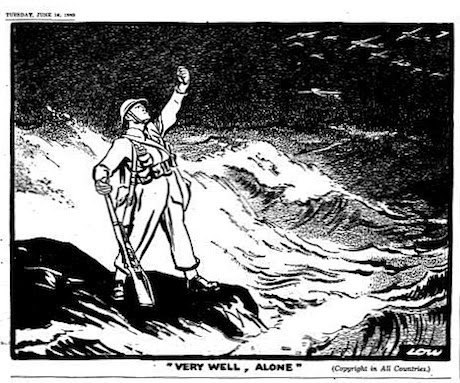
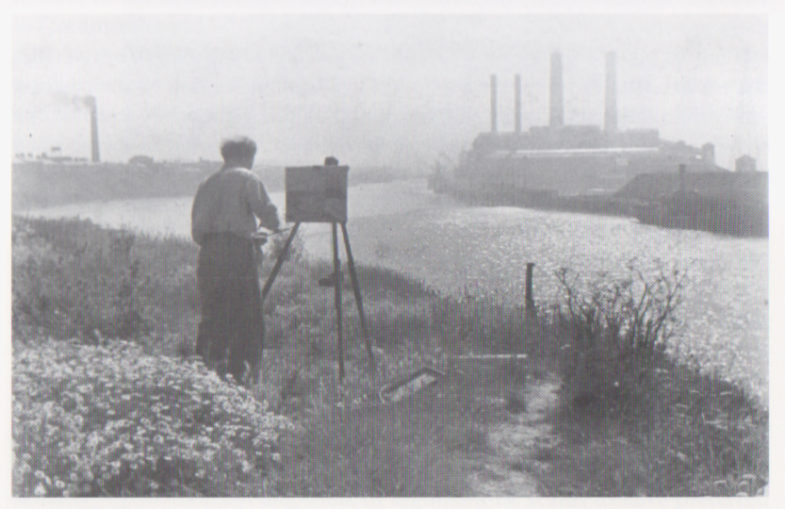 The painter Cyrill Mann painting the Trent and the
The painter Cyrill Mann painting the Trent and the 